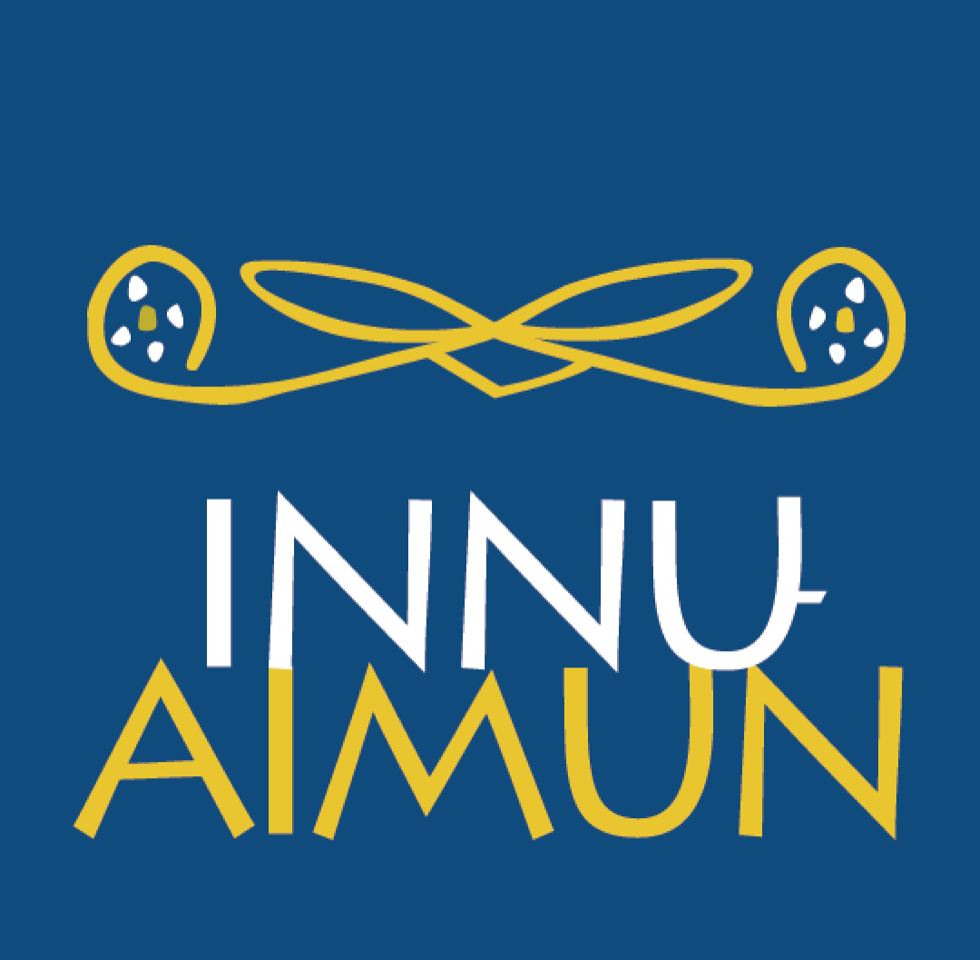| pashueu | s/he dries something (anim) |
| pashamu | s/he dries something |
| pashu | it (anim) is dry |
| pashteu | it is dry |
There are four verb classes in Innu, which are dependent on two factors: transitivity and animacy. According to the number of participants or roles (agent/subject, patient/object, etc.) and to the animacy of these participants (animate, inanimate), four verb classes can be distinguished.
| Animate | Inanimate | |
|---|---|---|
| One role (Intransitive) | Animate Intransitive (VAI) | Inanimate Intransitive (VII) |
| pashu | pashteu | |
| Two roles (Transitive) | Transitive Animate (VTA) | Transitive Inanimate (VTI) |
| pashueu | pashamu |
Most verbs will have a particular form for the classes: VII, VAI, VTI and VTA, which can be identified by their endings and by their roots. (See Conjugations, Inflection). Here is a way to define the four classes of verbs in Innu:
| Verb Class | Aitun | |
|---|---|---|
| VII (Inanimate Intransive) | Eshpanit mak eshinakuak tshekuan | |
| VTI (Transitive Inanimate) | Eshi-tutak auen tshekuanńu | |
| VTA (Transitive Animate) | E aitutuat auenńua | |
| VAI (Animate Intransitive) | E aitit auen (eshpanit auen, eshinakushit auen) |
The verb classes are primarily morphological classifications, which means they are characterized by the type of inflection they take.
Each verb class comprises various types of verb stems. For more information, consult the individual sections on stem classes.

